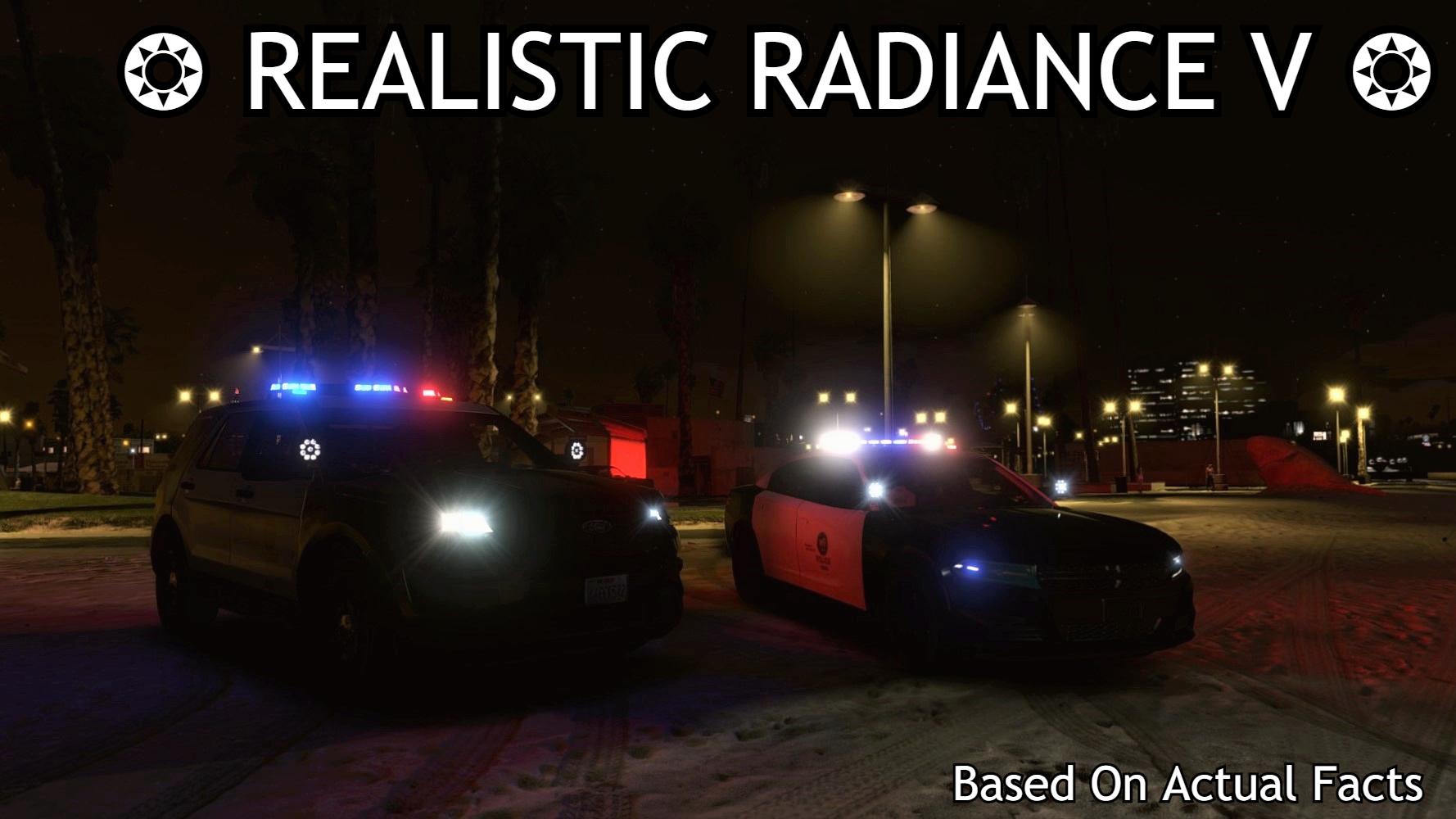

The spectrum of a particular light source is represented by its spectral density, in units of power per wavelength interval.

The solid angle Ω is measured by drawing a sphere of arbitrary radius r. In 1b, Ω is formed by the locus of all lines connecting O to the curve C. The angle θ equals the length of arc l divided by r. In 1a, the plane angle θ is formed by OA and OB and is measured by drawing a circle with an arbitrary radius r. The concept of solid angle in three dimensions can be thought of as analogous to an ordinary plane angle in two dimensions. The SI unit for each quantity is listed.įigure 1. The rows are identical geometrically but differ spectrally, while the columns share common spectral descriptions and vary in their geometry. Table 1 shows such a separation for the most common radiometric quantities. The geometric and spectral aspects of radiometry are almost always separable from each other, so it makes a lot of sense to discuss them independently.

GEOMETRIC AND SPECTRAL ASPECTS OF RADIOMETRY

In most cases, the output of the detector is connected to a display that is calibrated to read out the amount of light absorbed by the detector. The most common radiometric detectors produce changes in their electrical properties (generally current, voltage or resistance) or their temperature, which is then measured electrically.
#Does make visuals great again work with radiance v how to
We’ll concentrate on the most common of these concepts, talk about how to choose the appropriate one for a specific situation, and discuss how to make meaningful measurements.Īny device that responds to light and produces a measurable output can be used as a radiometer. The usual practice in radiometry is to simplify the possibilities and work with only a few specific geometric and spectral concepts. This leaves out concepts such as polarization and coherence, which are commonly discussed outside the subject of radiometry, but can be important here, too. This article will concentrate on the description and measurement of light.Ī complete description of the light from a source could be extremely complex, involving spatial (at least two, sometimes three dimensions), angular (generally two or more dimensions), and spectral and temporal dimensions. The two most common are the description and measurement of optical radiation, and, starting with the knowledge of some aspects of optical radiation at one location, predicting the measurement that would be made at another.


 0 kommentar(er)
0 kommentar(er)
